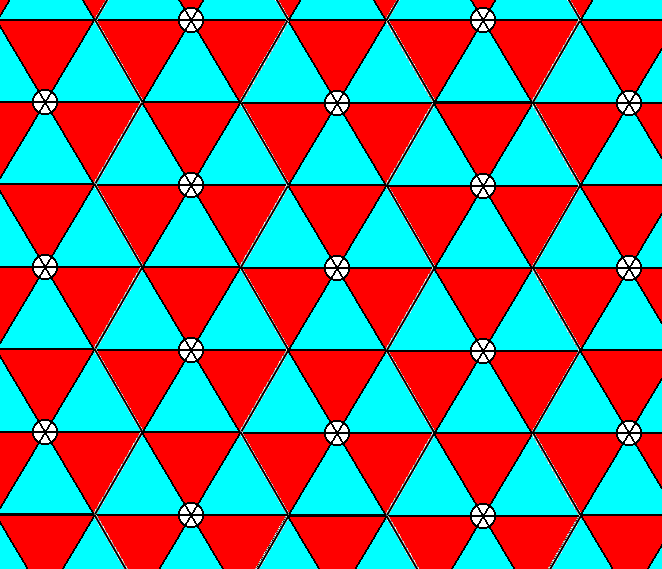
e-mail :

Comparison of the Plane Groups P31m and P3m1
It is perhaps instructive to again give and compare two other patterns discussed earlier, one representing Plane Group P31m and another representing Plane Group P3m1 :

Figure 1. A pattern representing Plane Group P31m.
Each motif consists of a central circular part plus radiating patches. There is no background. The central circular parts coincide with the nodes of the net.
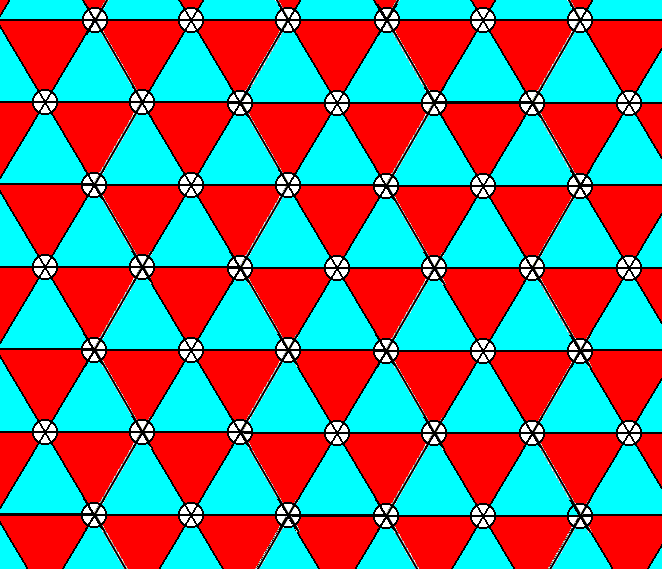
Figure 2. A pattern representing Plane Group P3m1.
Each motif consists of a central circular part plus radiating patches. There is no background. The central circular parts coincide with the nodes of the net.
The next Figures indicate the motifs of those patterns :
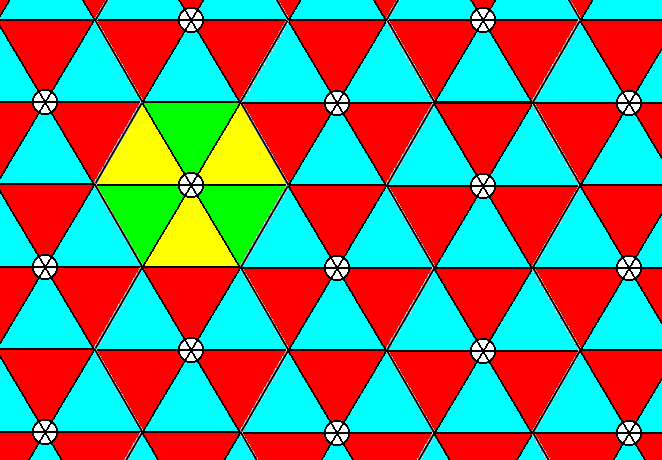
Figure 3. One motif of the above pattern (Figure 12), representing Plane Group P31m, is highlighted. There is no background.
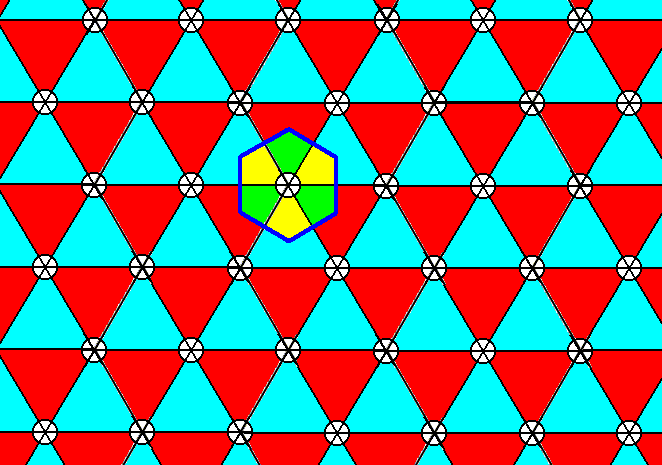
Figure 4. One motif of the above pattern (Figure 2), representing Plane Group P3m1, is highlighted. There is no background.
The next two Figures illustrate the mode of repetition of the motifs of both patterns.
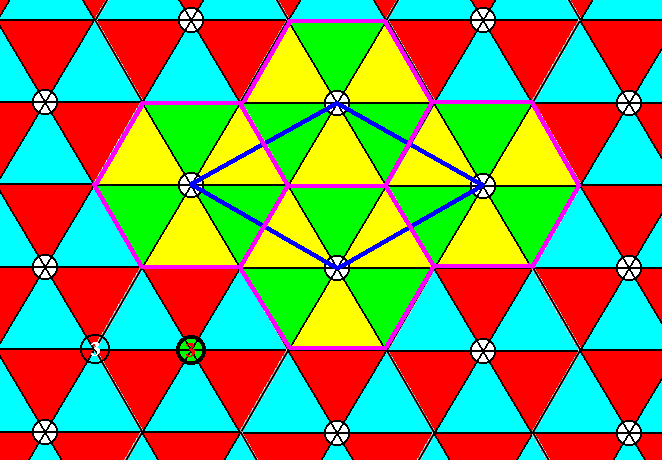
Figure 5. A pattern representing Plane Group P31m.
The way of repetition of the motifs is indicated.
Also indicated are some 3-fold rotation axes.
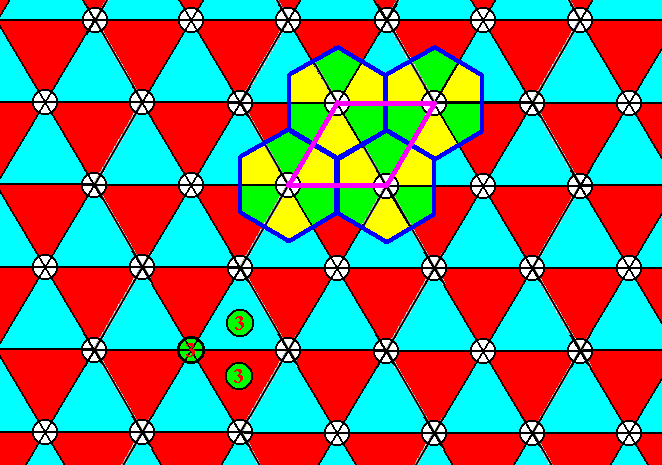
Figure 6. A pattern representing Plane Group P3m1.
The way of repetition of the motifs is indicated.
Also indicated are some 3-fold rotation axes.
In Figure 5 (P31m) we can see that the longer diagonal of the unit cell is NOT a mirror line.
Also when we choose a larger (and hexagonal) unit cell, the patterns seem, it is true, to be the same (i.e. their ordering seems to be the same), but they aren't, because, again, the orientation of those unit cells differs (by 300). See next Figures.
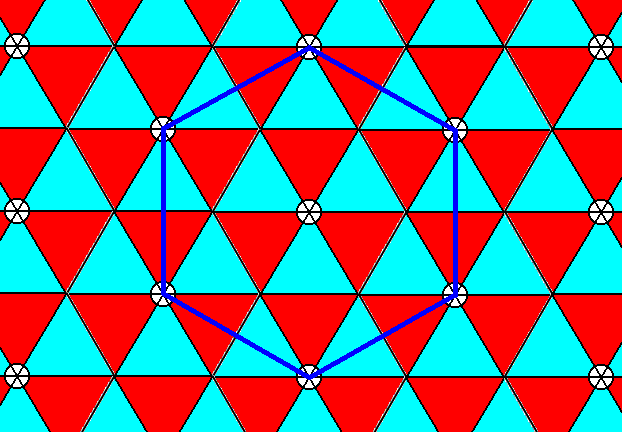
Figure 7. A pattern representing Plane Group P31m. A large hexagonal unit cell is choosen.
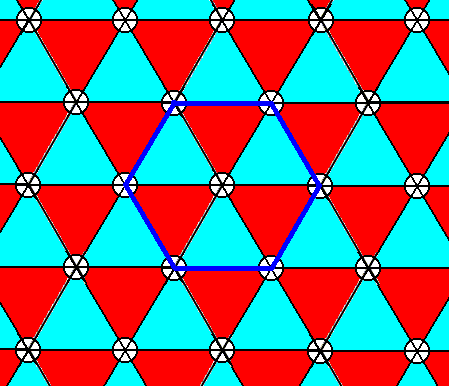
Figure 8. A pattern representing Plane Group P3m1.
A large hexagonal unit cell is choosen. Its orientation is different with respect to the cell in Figure 7.
In the two patterns, as given above, and representing Plane Groups P31m and P3m1, we can see that the centra of the motifs are organized in exactly the same way. The difference between the two patterns comes in as soon as we consider the triangulation and coloring of the rest of the patterns (i.e. in addition to the mentioned centra). In fact the very difference between the two patterns boils down to a difference in coarseness of the triangulation : The P31m pattern of Figure 1 has a more fine-grained triangulation than the pattern of Figure 2 has. The next Figures will show that this is indeed the case.
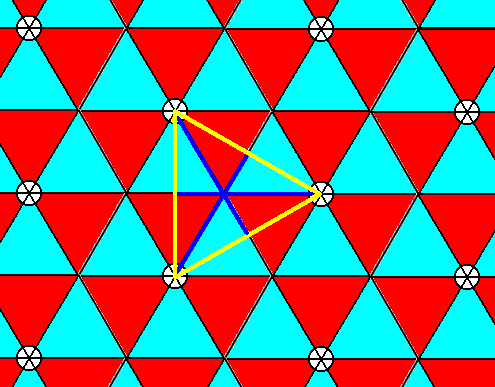
Figure 9. A pattern representing Plane Group P31m has three bisectors in each triangle determined by three motif centers.
If we now look to the P3m1 pattern of Figure 2 we see that in the triangles determined by three (closest) motif centers there are no such bisectors.
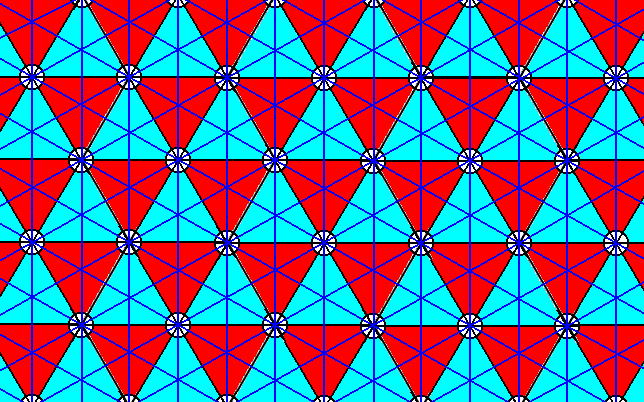
Figure 10. A pattern representing Plane Group P3m1 is furnished with lines as we recognize them in the P31m pattern (Figure 9).
If we now color the different patches of the image of the previous Figure, according to what we see in the P31m pattern (Figure 9), we get a new, i.e. different pattern. And this new pattern is representing Plane Group P31m. See next Figure.
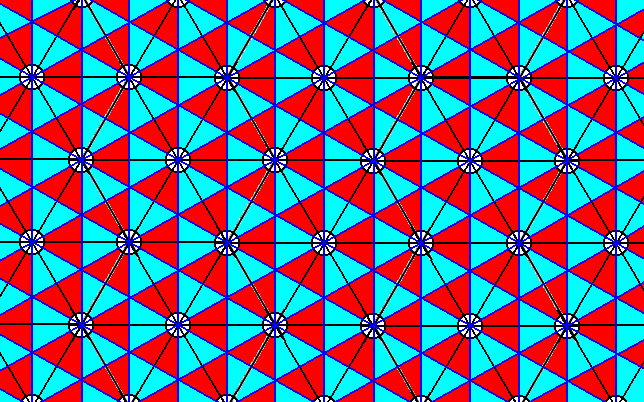
Figure 11. The pattern representing Plane Group P3m1 is transformed into a new pattern, now representing Plane Group P31m. It is obtained from Figure 10 by coloring the patches according to what we see in our pattern representing Plane Group P31m.
When we now rotate the result of Figure 11 clockwise by 300, i.e if we turn the w h o l e image, which does not change the pattern in anyway, we can compare it very well with the P31m pattern of Figure 1, and see that they are fully identical.
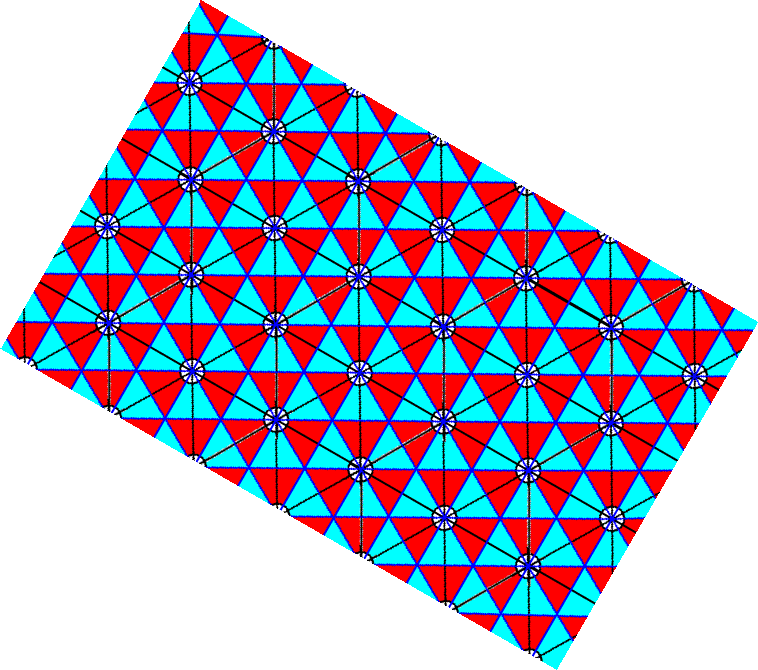
Figure 12. The whole pattern of Figure 11 is rotated clockwise by 300, in order to compare it conveniently with the P31m pattern of Figure 1. The two patterns are wholly identical.
So let us compare the two patterns :
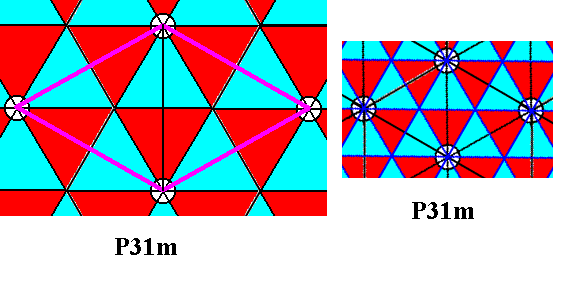
Figure 13. A part of the P31m pattern of Figure 1 (left) is compared with a corresponding part of the pattern of Figure 12. They turn out to be wholly identical (Of course the difference in size is totally irrelevant for our investigation). All lines constituting the net, and also all auxiliary lines, do not belong to the pattern.
We must now compare the p3m1 pattern of Figure 2 with the right image of Figure 13 (which is the rotated result), or, equivalently, with the pattern of Figure 12.
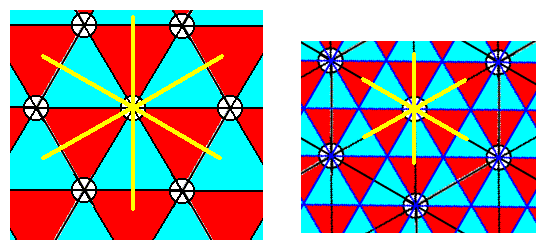
Figure 14. A part of the p3m1 pattern (left) of Figure 2 is compared with a part of the pattern (right) of Figure 12. The patterns show the same set of mirror lines (yellow). The orientations of the motifs is the same in both patterns.
In fact we have now demonstrated that the total symmetry content of the two Plane Groups P3m1 and P31m is the same, while the corresponding patterns are qualitatively different. The next Figure illustrates that the tri-radiate figure inserted in every triangle has itself no mirror lines. The way however the triangles are integrated in the whole (pattern) guarantees the preservation of pre-existing mirror lines (See also Figure 14, and note that the lines that constitute the net, and also other auxiliary lines, do not belong to the pattern) :
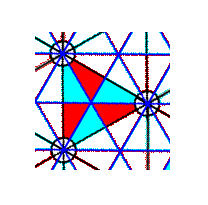
Figure 15. Image taken from Figure 12, or, equivalently, from Figure 13, right image, or, equivalently, from Figure 14, right image.
Although the inserted tri-radiate figure in every triangle has no mirror lines, it does not destroy any mirror line pre-existent in the pattern.
In order to compare the pattern of Figures 12, 13 (right image) and 14 (right image) with the P3m1 pattern of Figure 2 we undo the rotation (as it was performed in Figure 12) :
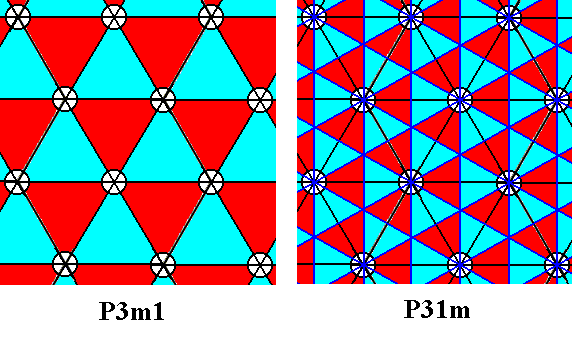
Figure 16. Our present P3m1 pattern (left) compared with the P31m pattern derived from it by the above method (Which consisted of the insertion of tri-radiate figures into every triangle). The subsequent rotation, as we did it above (for easy comparison) is omitted.
If we eliminate all auxiliary lines we get the following :
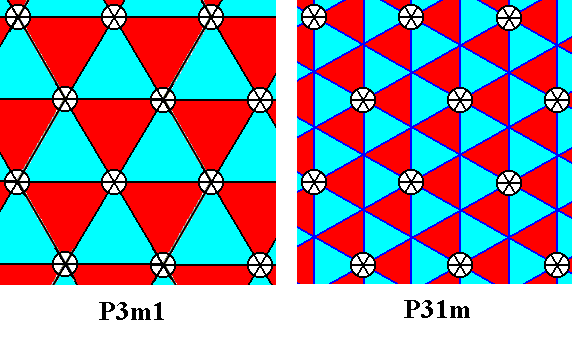
Figure 17. Our present P3m1 pattern (left), compared with the P31m pattern (right) derived from it by the above method (Which consisted of the insertion of tri-radiate figures into every triangle). All auxiliary lines erased.
The next Figure indicates te respective unit cells of the structures.
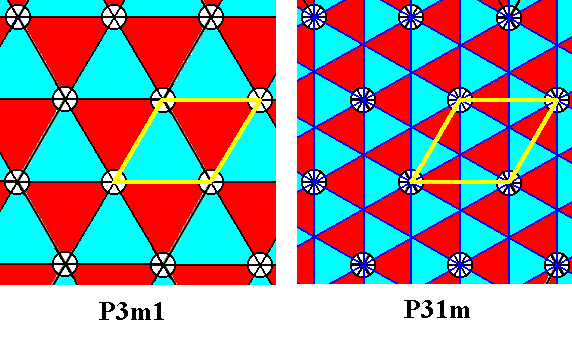
Figure 18. Our present P3m1 pattern (left), compared with the P31m pattern (right) derived from it by the above method (Which consisted of the insertion of tri-radiate figures into every triangle). All auxiliary lines erased. The unit cells of the patterns are indicated. Both are rhomb-shaped. The structural difference between the P3m1 pattern and the P31m pattern is clearly exhibited.
Next we study the system of g l i d e l i n e s in both Plane Groups, as they are visible in our given patterns, i.e. the pattern of Figure 1, and that of Figure 2.
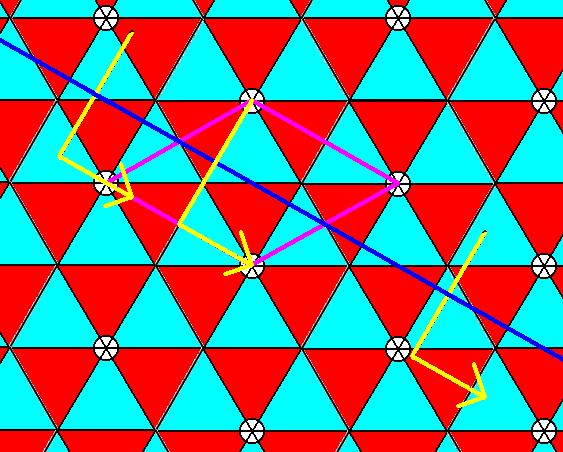
Figure 19. A glide line, connecting the centers of opposite edges of the unit cell, is indicated in the above pattern representing Plane Group P31m.
Another such glide line, making an angle of 1200 with it, and connecting the centers of the other pair of opposite edges of the unit cell, is also present. See next Figure.
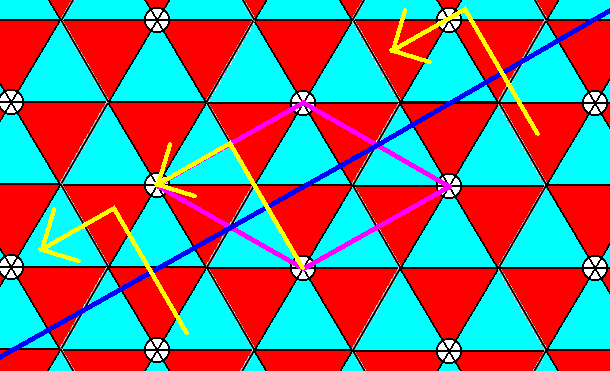
Figure 20. A second glide line, connecting the centers of (the other) opposite edges of the unit cell, is indicated in the above pattern representing Plane Group P31m.
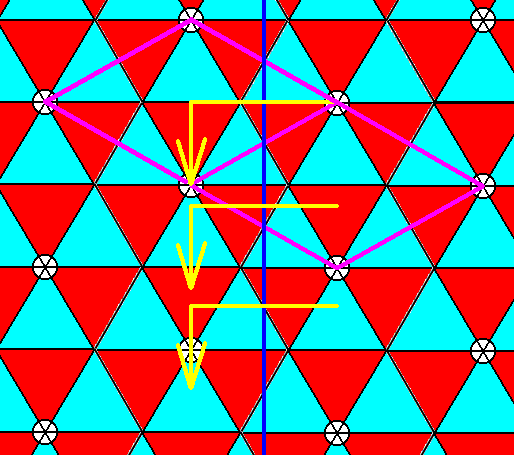
Figure 21. A glide line, connecting the centers of adjacent edges of the unit cell, is indicated in the above pattern representing Plane Group P31m.
Another such glide line, parallel to it, is present at the other end of the unit cell, as can be seen for another (identical) unit cell.
The system of glide lines -- involving t h r e e different directions -- in our pattern representing Plane Group P31m is, accordingly, as follows :
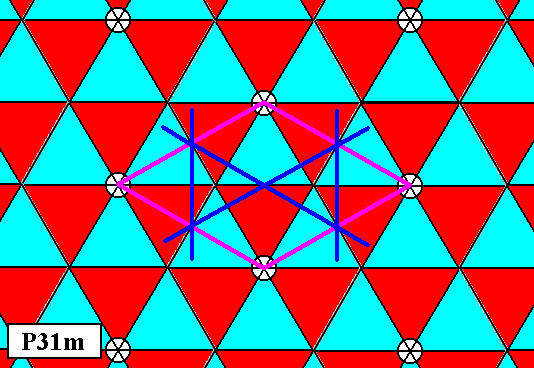
Figure 22. The system of all glide line directions (blue) as it is present in the above pattern representing Plane Group P31m. Three different translational directions are involved :
(1) Vertical, (2) 300 with respect to the horizontal, and (3) 1200 with respect to the horizontal. Compare with the symmetry diagram for P31m, as given in Figure 2 of the previous document.
The next Figures are about the glide lines present in our second motif pattern, a pattern representing Plane Group P3m1, namely the pattern of Figure 2.
First we show that some lines, that seem to be glide lines, are in fact no glide lines :
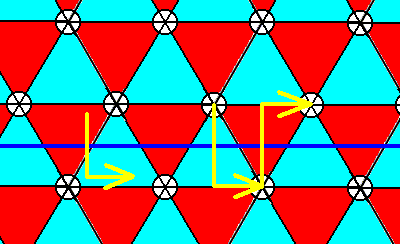
Figure 23. The indicated line in the above pattern representing Plane Group P3m1, is NOT a glide line. This can be seen at the left arrow : it (i.e. the supposed glide) connects a red area with a blue area, which means that there is no covering, implying that the structure will not mapped onto itself by the supposed glide operation (reflection + translation).
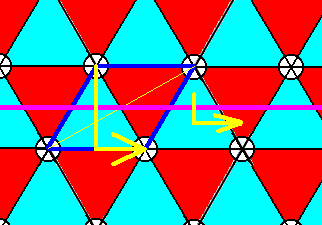
Figure 24. The same line as in the previous Figure : The arrow at the right side of the image shows that the line is not a glide line.
The glide lines of our P3m1 pattern are indicated by the next Figures.
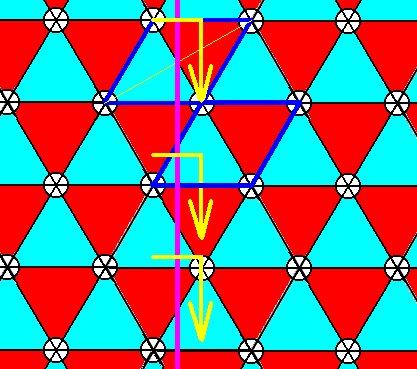
Figure 25. One of the glide lines in the above pattern representing Plane Group P3m1, is indicated. With this one glide line we see at once that such glide lines go (1) through the left half, (2) through the center and (3) through the right half of the unit cell.
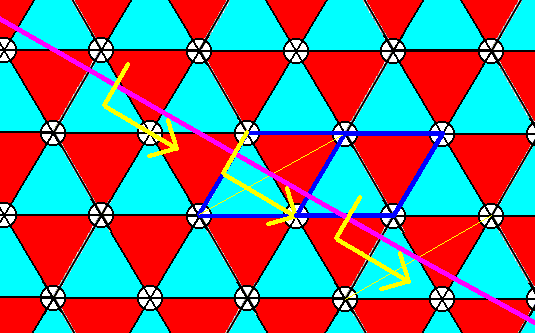
Figure 26. Another one of the set of glide lines in the above pattern representing Plane Group P3m1, is indicated.
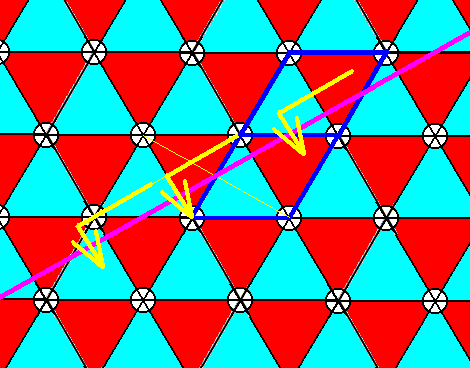
Figure 27. Yet another one of the set of glide lines in the above pattern representing Plane Group P3m1, is indicated.
The system of glide lines in our second pattern representing Plane Group P3m1 is, accordingly, as follows :
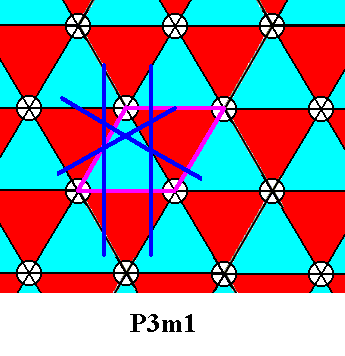
Figure 28. The system of glide line directions in our P3m1 pattern representing Plane Group P3m1.
The next Figure compares the system of glide line directions in the Plane Group P31m with that of Plane Group P3m1.
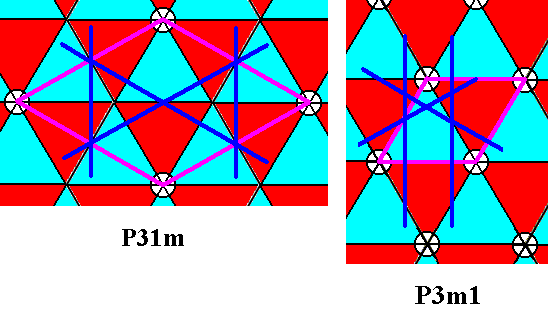
Figure 29. The systems of glide line directions in our P31m and P3m1 patterns compared. They are similar.
The systems of glide directions in the two Groups are similar to each other. We already saw that the other symmetry elements -- 3-fold rotation axes and mirror lines -- correspond from one Group to the other. So indeed the total symmetry content is the same in both Groups (P3m1 and P31m).
So, at last we have concluded our considerations about the Plane Groups P3m1 and P31m, especially what types of motifs they imply. The symmetry of the Complex Motif was in both cases 3m (one 3-fold rotation axis and three equivalent mirror lines at 1200 to each other), implying that the promorph or planimetric basic form of all the two-dimensional single non-twinned crystals of the Class 3m is the Equilateral Triangle (regular trigon).
We have still two Plane Groups to go, namely P6 and P6mm. We'll discuss them in the next documents, where we derive their Complex Motif.
e-mail :

To continue click HERE to investigate the Plane Group P6.
e-mail :

back to retrospect and continuation page
back to Internal Structure of 3-D Crystals
back to The Shapes of 3-D Crystals
back to The Thermodynamics of Crystals
back to Introduction to Promorphology
back to Anaxonia, Homaxonia, Polyaxonia
back to Protaxonia : Monaxonia
back to Stauraxonia heteropola
back to Homostaura anisopola, Heterostaura
back to Autopola oxystaura and orthostaura
back to Allopola (introduction)
back to Allopola amphipleura and zygopleura
back to the Basic Forms of Cells I
back to the Basic Forms of Cells II
back to the Basic Forms of Organs
back to the Basic Forms of Antimers
back to the Basic Forms of Metamers
back to the Basic Forms of Persons
back to the Basic Forms of Colonies
back to the first part of the Preparation to the Promorphology of Crystals
back to the second part of the Preparation to the Promorphology of Crystals
back to the third part of the Preparation to the Promorphology of Crystals
back to the fourth part of the Preparation to the Promorphology of Crystals
back to the fifth part of the Preparation to the Promorphology of Crystals
back to the sixth part of the Preparation to the Promorphology of Crystals
back to the seventh part of the Preparation to the Promorphology of Crystals
back to the eighth part of the Preparation to the Promorphology of Crystals
back to the ninth part of the Preparation to the Promorphology of Crystals
back to the tenth part of the Preparation to the Promorphology of Crystals
back to the eleventh part of the Preparation to the Promorphology of Crystals
back to the twelfth part of the Preparation to the Promorphology of Crystals
back to the thirteenth part of the Preparation to the Promorphology of Crystals
back to the fourteenth part of the Preparation to the Promorphology of Crystals